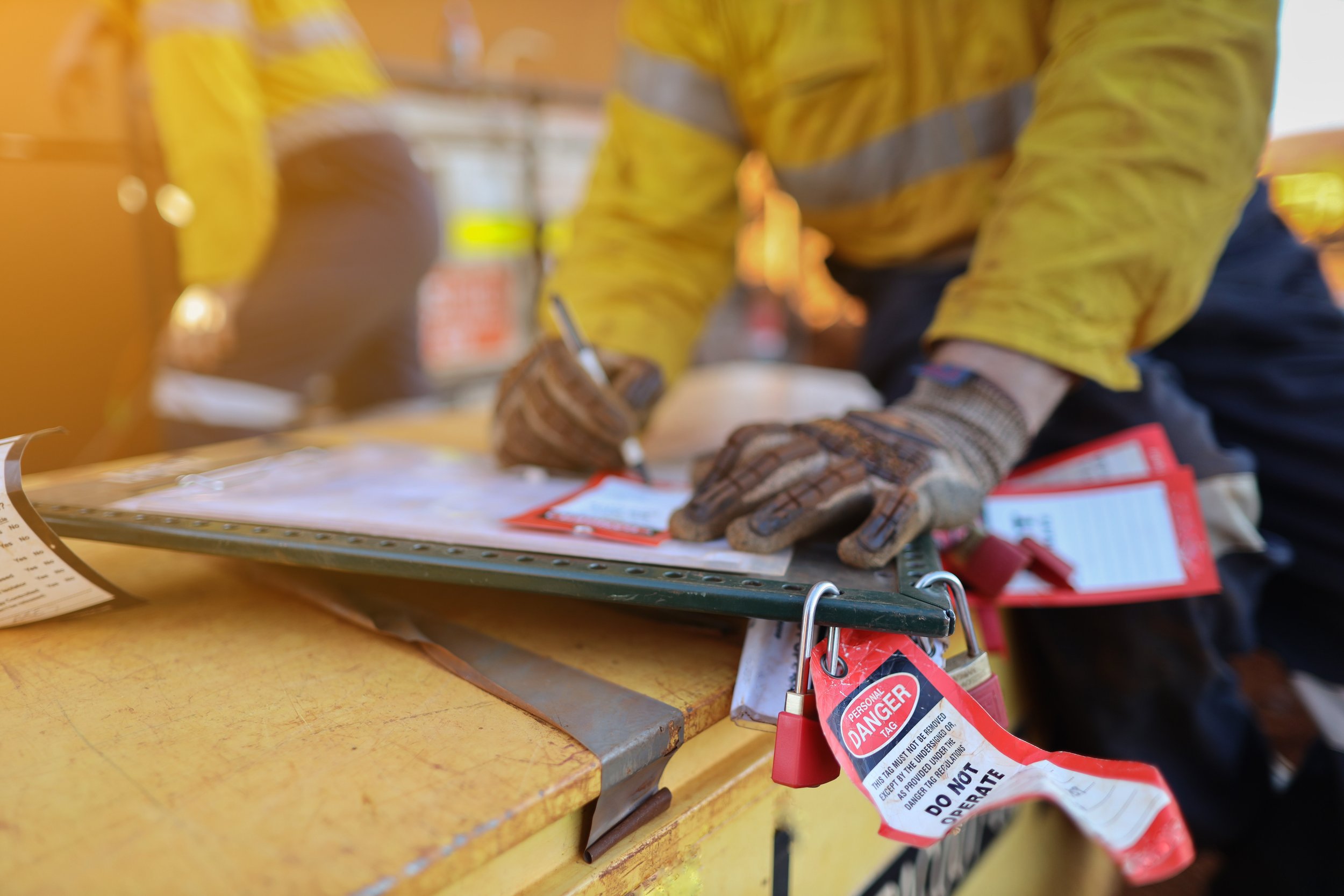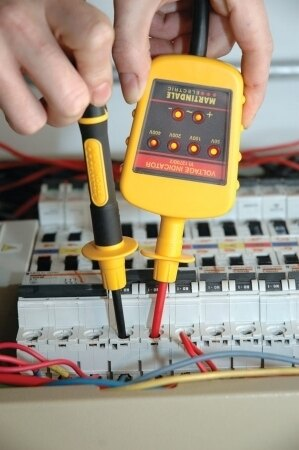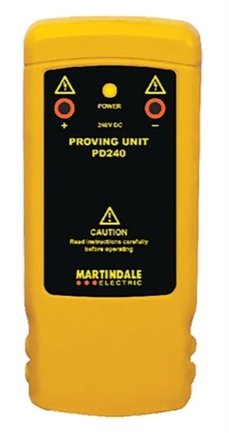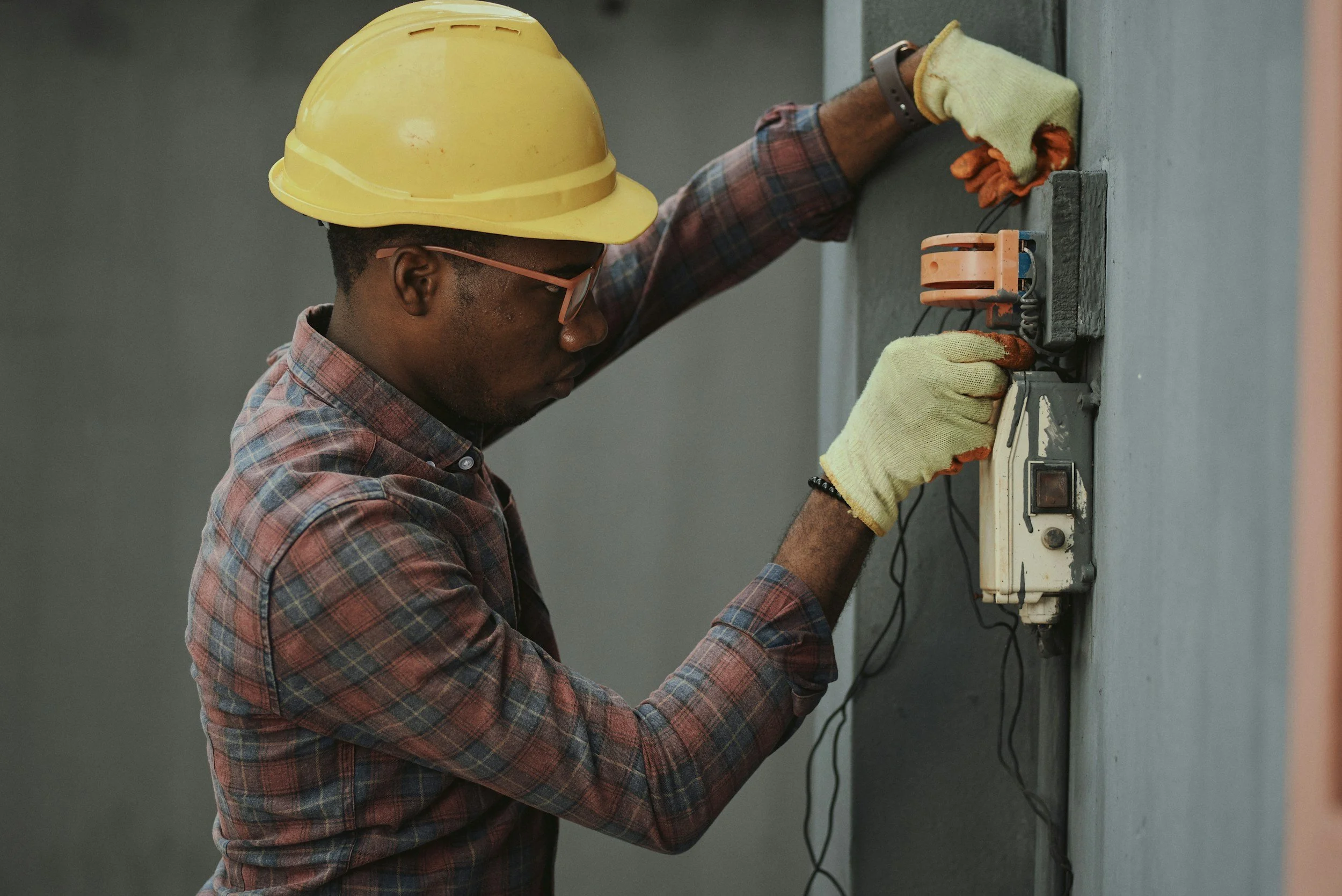Safe Isolation Procedures Awareness
Should I be more aware of safe isolation procedures?
Safe isolation isn’t just a procedural term; it’s the difference between a routine job and a life-changing disaster.
~ Written by John Saysell, Head of MCP Technical Training
Electrical isolation procedures are in place to keep workers safe when working on or close to live electrical systems. When these procedures have not been followed, sadly, there have been many reports of needless loss of life and serious injury.
I recall an apprentice at a 50-year-old food factory being sent out to hacksaw through some old cable and remove it. He had been assured that the circuit had been isolated. He received a nasty shock. But it could have been much worse. If a risk assessment had been carried out. If the isolation had been carried out at the point of work. If the apprentice had been supervised. If the drawing had been up to date. If there was a drawing.
The Cost of Complacency
A large UK electrical contractor was found guilty of failing to provide the correct equipment and fined £300,000. The circuit had been labelled as not in use. The engineer working on the system did not have the right equipment to prove that the system was dead. He came into contact with a live conductor and was killed.
An electrician was carrying out work at a substation on a construction site in the City of London. The worker was trying to disconnect and relocate a site intake distribution assembly. While the worker was disconnecting a cable by unbolting it, the spanner he was using contacted a live terminal. His clothing was set on fire, and he sustained life-changing injuries to his head, arms, torso and legs. The company was fined £235,000. Speaking after the hearing, HSE inspector David Swaite said:
“Anyone planning work on electrical equipment should carry out suitable and sufficient checks to ensure that the correct point of isolation is selected, so that no person works on or near live equipment.”
The Reality? Most Technicians Are Falling Short
One of our core services is the Maintenance Development Centre (MDC). In every MDC we carry out there is an electrical safe isolation exercise.
I review all of the reports before they go to the customer. I estimate that only 15% of maintenance technicians can carry out a satisfactory safe isolation. Which means that about 85% do not meet the standard.
We have assessed more than 2000 maintenance technicians over the last 20 years.
The good news? These mistakes are avoidable.
Candidates are using the wrong equipment, not checking the voltage tester before and after. If you’re unsure where to start, here’s the tried-and-true method:
Identify your point of isolation
Inform the customer that you will be isolating the supply
Operate the isolator, lock off and fit warning sign
Select approved test equipment and prove that it is working
Test on outgoing side of isolation point. All combinations.
Reprove your test equipment
It’s a straightforward process that can save lives - but only if done correctly.
Training for a Safer Workplace
Due to expanding our Reading training centre, we are now able to offer public electrical safety and isolation courses, if you can only release one or two staff at a time. We continue to offer on-site courses as well.
If you want more information on this essential training, please let us know, we will be happy to discuss your requirements in more detail.






